Professional Manufacturer of Biomagnetic Beads

DNA/RNA Extraction Kit
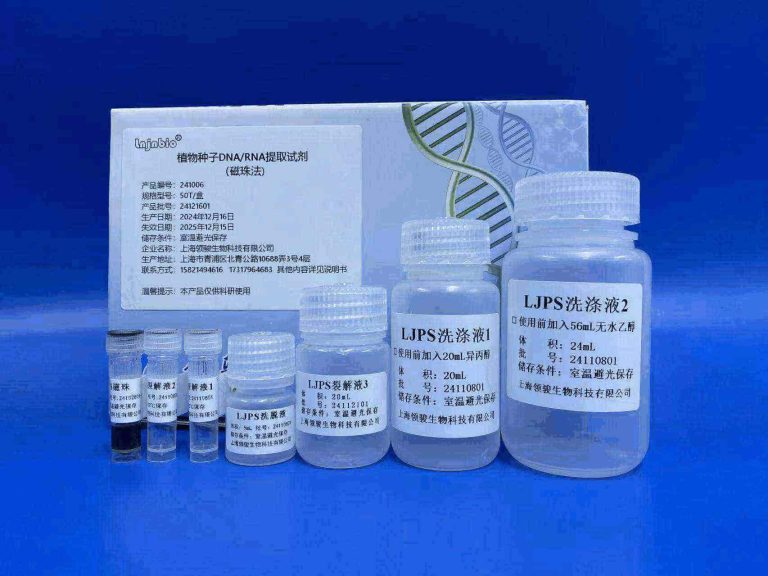
Plant Seed DNA/RNA Extraction Kit
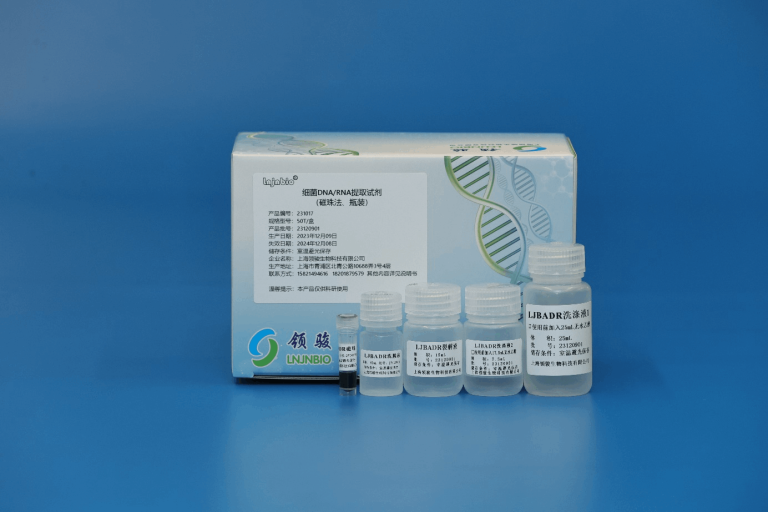
Lnjnbio Magnetic Beads for Bacteria DNA/RNA Extraction Kit 231017
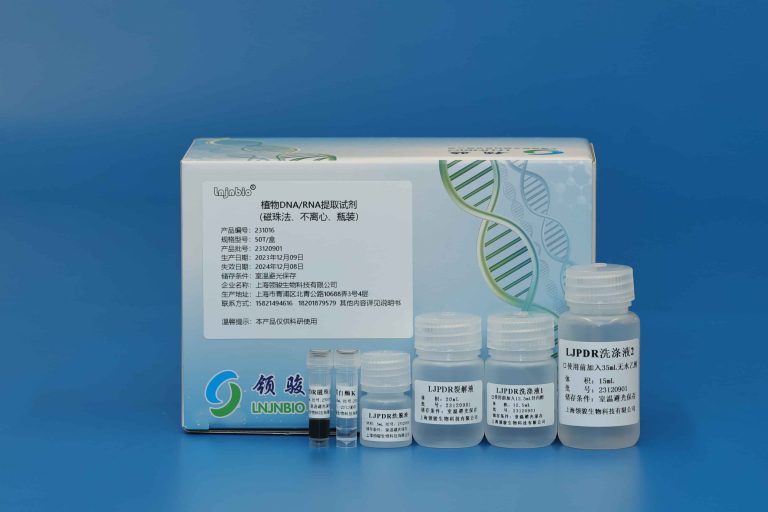
Lnjnbio Magnetic Beads for Plant DNA/RNA Extraction Kit 231016
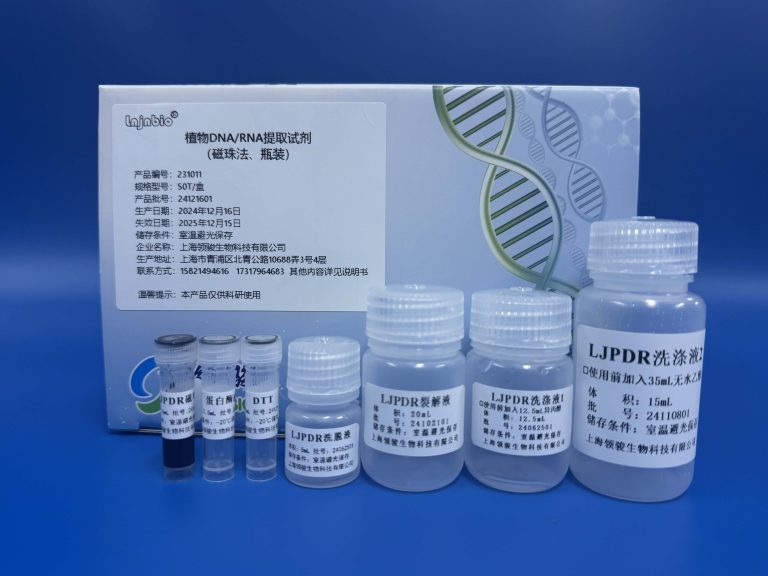
Lnjnbio Magnetic Beads for Plant DNA/RNA Extraction Kit 231011
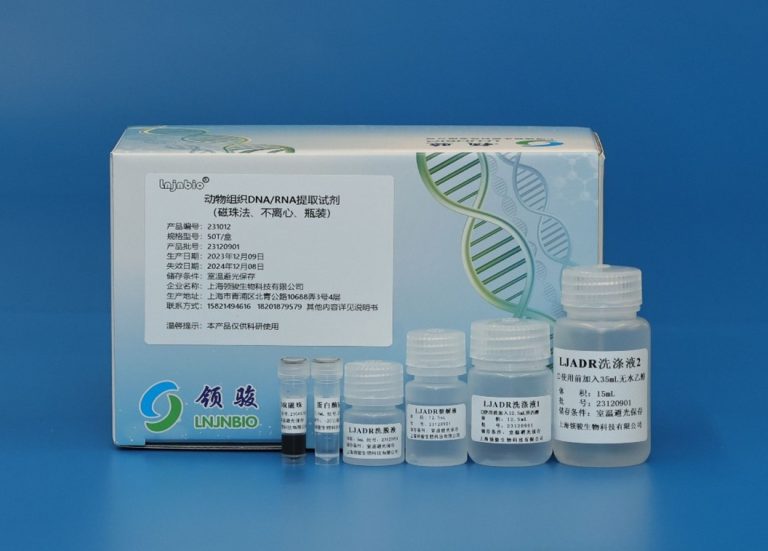
Lnjnbio Magnetic Beads for Animal Tissue DNA/RNA Extraction Kit 231012
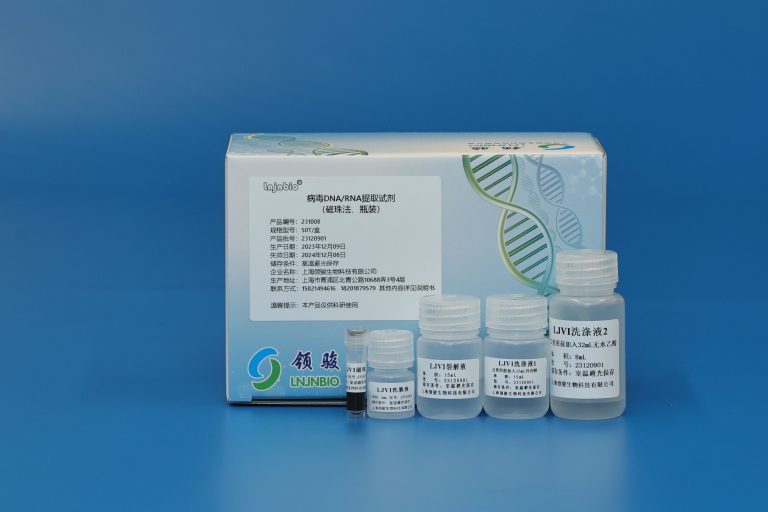
Lnjnbio Magnetic Beads for Viral DNA/RNA Extraction Kit 231008
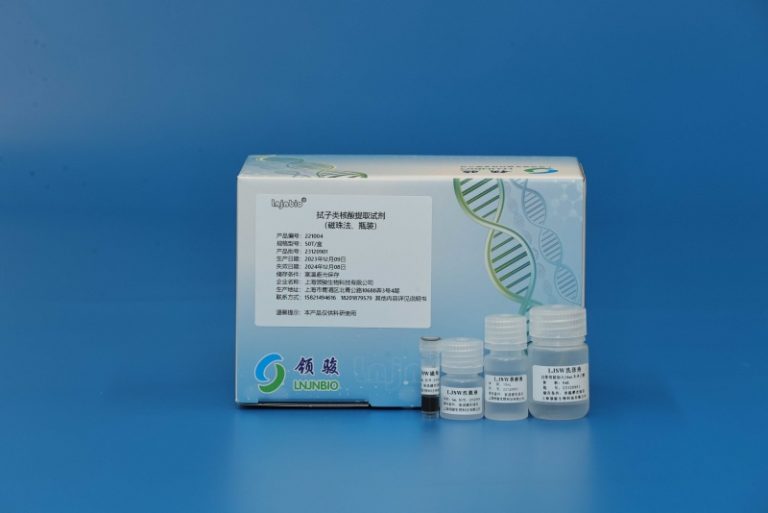
Lnjnbio Magnetic Beads for Swabs Nucleic Acid Extraction Kit 221004(Magnetic Bead Method)
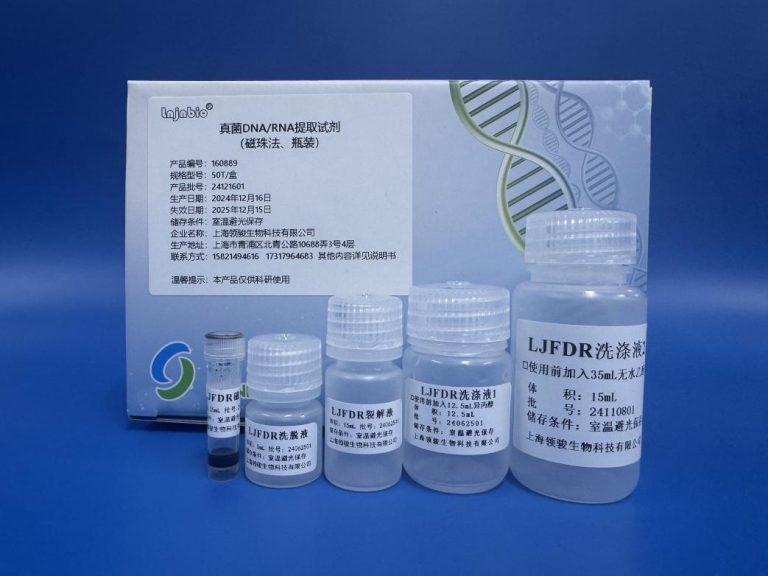
Lnjnbio Magnetic Beads for Fungal DNA/RNA Extraction Kit (Magnetic Bead Method)160889
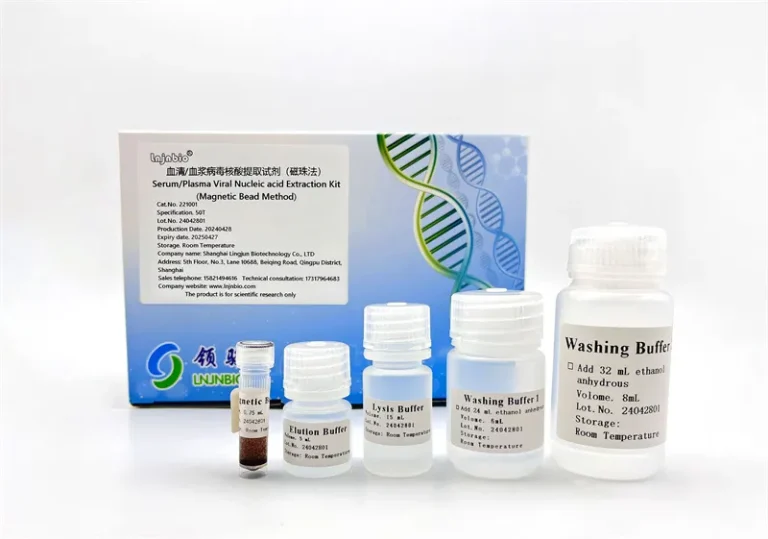
Serum/Plasma Viral Nucleic Acid Extraction Kit 221001
Introduction of DNA/RNA Extraction Kit
DNA/RNA extraction kits are a series of chemical preparations designed for efficient and pure separation of deoxyribonucleic acid (DNA) and ribonucleic acid (RNA) from various biological samples. These kits use advanced chemical principles and biotechnology to ensure the integrity of nucleic acids and provide high-quality nucleic acid templates for subsequent molecular biology research, disease diagnosis, genetic analysis, etc.
Characteristics and advantages of DNA/RNA Extraction Kit
High efficiency: Rapid completion of nucleic acid extraction, reducing sample processing time and improving experimental efficiency.
High purity: A special formula is used to remove proteins, lipids and other impurities to ensure the purity of extracted DNA/RNA, which is suitable for downstream PCR, sequencing and other sensitive detection.
Broad spectrum: Suitable for samples from various sources such as blood, tissues, cells, plants, and microorganisms to meet different research needs.
Stability: The kit components are stable, not easily affected by environmental factors, and they still maintain good activity after long-term storage.
Safety: Use non-toxic or low-toxic kits to reduce the risk of laboratory personnel being exposed to harmful chemicals.
Properties of DNA/RNA Extraction Kits
DNA/RNA extraction kits usually include lysis buffer, proteinase K, precipitant (such as ethanol), washing solution and dissolution buffer. Lysis buffer and proteinase K are responsible for destroying the cell wall/membrane structure and releasing nucleic acids; precipitants are used to make nucleic acids form visible precipitates for easy collection; washing solutions are used to remove residual salts and organic solvents to improve purity; dissolution buffers are used to re-dissolve nucleic acids and restore them to a dissolved state for subsequent processing.
Applications of DNA/RNA Extraction Kit
Molecular biology research: such as gene cloning, expression analysis, genetic variation detection, etc.
Disease diagnosis: Assisting in early diagnosis of diseases by detecting specific genetic markers or pathogen nucleic acids.
Forensic identification: Extracting high-quality DNA is essential in crime scene analysis, paternity testing and other fields.
Agricultural breeding: Analyze the genetic diversity of crops and guide the safety assessment and variety improvement of genetically modified crops.
Environmental monitoring: Monitor microbial communities in water bodies and soil to assess ecological health.
Supplier Introduction
Shanghai Lingjun Biotechnology Co., Ltd. was established in 2016 which is a professional manufacturer of biomagnetic materials and nucleic acid extraction kits.
We have rich experience in nucleic acid extraction and purification, protein purification, cell separation, chemiluminescence and other technical fields.
Our products are widely used in many fields, such as medical testing, genetic testing, university research, genetic breeding, and so on. We not only provide products but also can undertake OEM, ODM, and other needs. If you have related needs, please feel free to contact us sales01@lingjunbio.com.
FAQs for DNA/RNA Extraction Kit
Q: Can the extracted DNA/RNA be used directly for real-time fluorescence quantitative PCR?
A: Yes, high-quality DNA/RNA can be used directly for real-time fluorescence quantitative PCR, but it is necessary to ensure that there is no RNase or DNase contamination to avoid affecting the experimental results.
Q: Why does the extracted RNA sometimes degrade?
A: RNA degradation is common in improper sample handling or RNAse contamination. Ensuring that all operations are performed in an RNAse-free environment and using RNAse-free consumables are the key to avoiding RNA degradation.
Q: Does the DNA/RNA extraction kit have any requirements for the sample volume?
A: The selection of sample volume should be determined according to actual needs and the recommended amount of the kit. Too little sample may result in insufficient concentration of extracted nucleic acid, while too much may exceed the processing capacity of the kit and affect the extraction efficiency.
Q: How to avoid cross contamination during the extraction process?
A: Using disposable consumables, setting up negative controls, strictly following aseptic operating procedures, and performing sample preparation and nucleic acid extraction in different areas are all effective measures to prevent cross contamination.
Q: How long can the extracted DNA/RNA be stored?
A: The extracted DNA/RNA should be stored at -20℃ or lower to avoid repeated freezing and thawing. Under appropriate storage conditions, nucleic acids can remain stable for a long time.
As the cornerstone of molecular biology research, the performance of DNA/RNA extraction kits directly affects the success rate of subsequent experiments. We are committed to providing high-quality DNA/RNA extraction solutions to help you on your scientific research journey. For more product details or technical support, please feel free to contact us.
